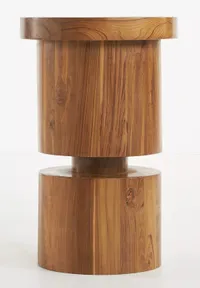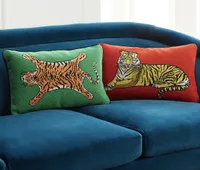How do you make a living room feel less empty? The clever ways designers use to turn a house into a home
Discover how the experts get the size, scale and amount of furniture right to make a living room feel less empty
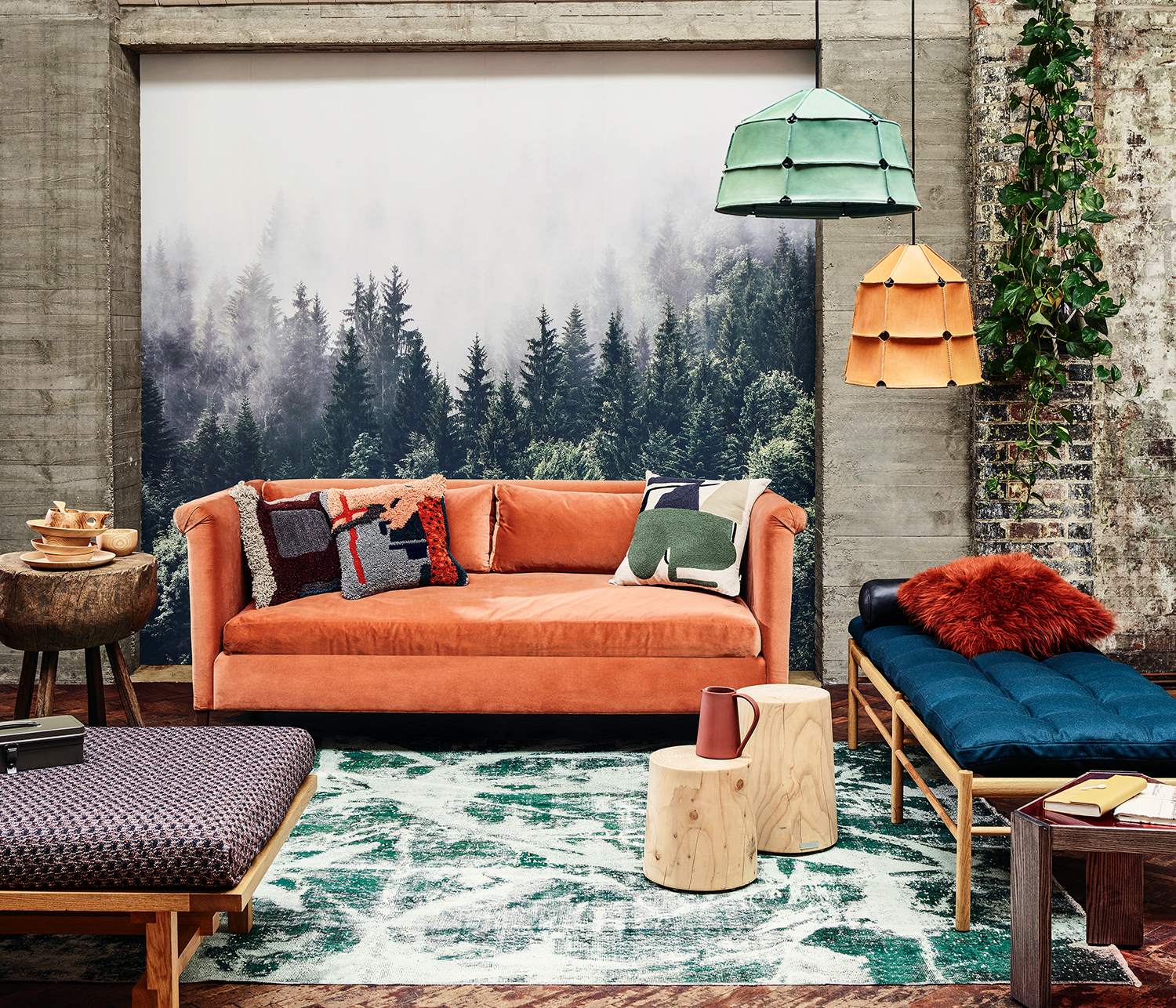
No maximalist has ever asked 'How do you make a living room feel less empty?' By the time your furniture is in then it's unlikely the space feels like it, well, has much space left.
But a room's emptiness is so much more than about what's in it, and about how much soul you have, too. So from wondering how do you fill a large living room? to asking how do you add personality, interior designers have plenty of tricks up their sleeves.
'I would always start off by making a list of all the essential items needed for a living room space,' says Omar Bhatti, founder of the design studio Space Shack. 'What are your basic requirements, how many people do you need to seat? Once you have all this information together, then you can source these essential pieces and then fill in open spaces with plants, floor lamps, a reading nook or even a bookshelf partition.'
How to fill a large living room in 6 steps
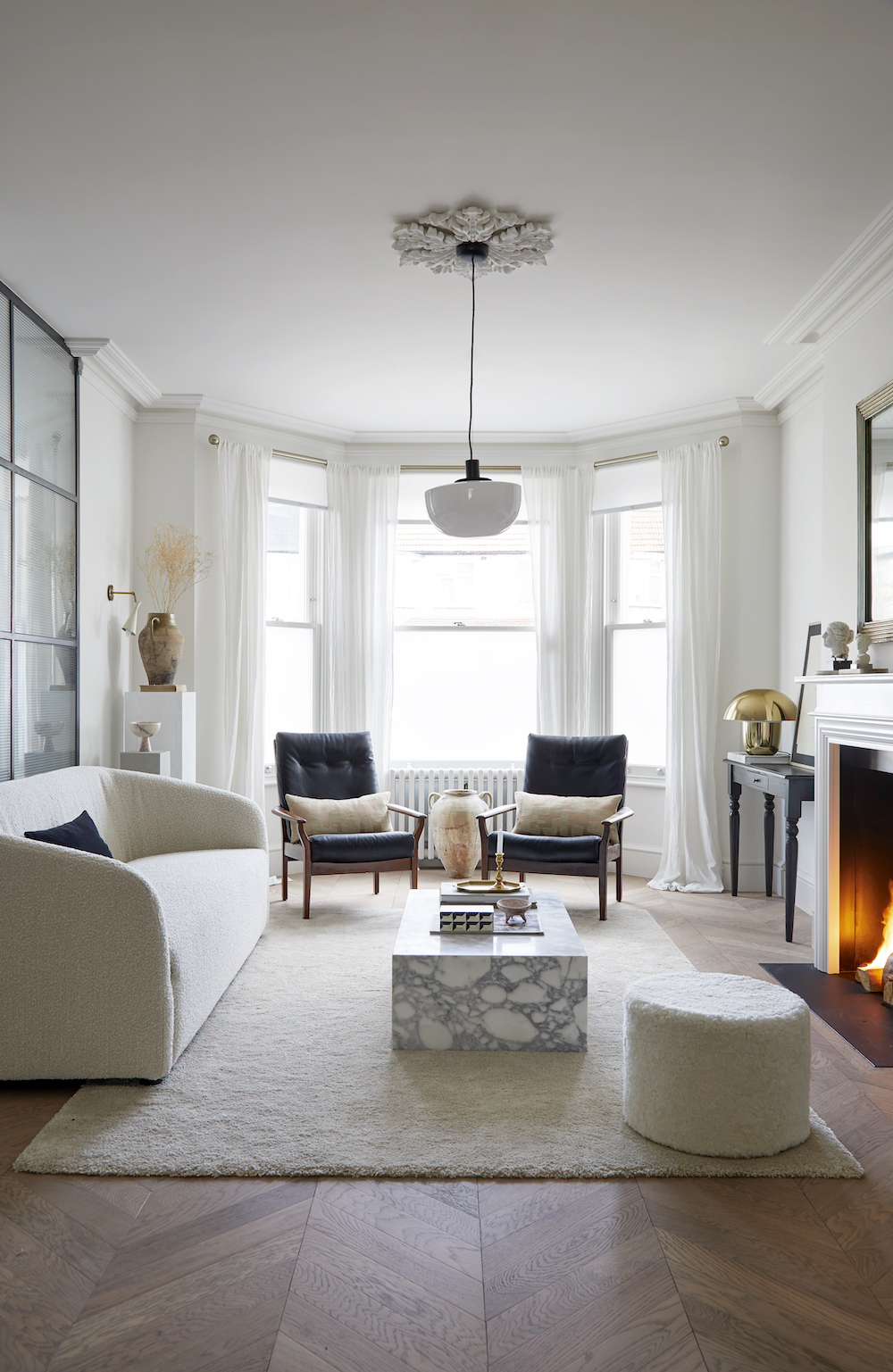
1. Consider the proportions and purpose
Working out the right amount of furniture for a room and how to arrange it, of course depends on the size of the room and the look you want to achieve. But how to design a modern living room always starts the same way.
'Make a plan and draw up the space to scale, to ensure you get the proportions right,' says Omar Bhatti of Space Shack. 'Work out the size of sofa you would want first and how many people you need to seat.
'Also do you prefer an L-shape sectional sofa and armchairs or do you want two three-seater sofas facing each other with additional armchairs as this will essentially determine the space you have around.
'Will there be a living room TV? If so you'll need to look into media unit ideas too. Do you want this to be a feature and take up one whole wall? Many factors ensure the room flows easily but they’re centred around the main use of the space.'
The Livingetc newsletters are your inside source for what’s shaping interiors now - and what’s next. Discover trend forecasts, smart style ideas, and curated shopping inspiration that brings design to life. Subscribe today and stay ahead of the curve.
Cantrell media unit, Lulu and Georgia
This media unit ticks all of Livingetc editor Pip Rich's boxes. 'I love the light finish of its mango wood, I love it's rounded draw dividers, and its oddly elegant little legs are perfect.'
2. Choose a focal point

Giving a large room a focal point provides a foundation to design around. This is made easier in a room with original period features. However, it is still possible to create one in a newer build; it could be an artwork, a fireplace or a window with a beautiful view.
'We generally use the fireplace as the focal point and arrange the furniture around it,' says Natalie Forbes, co-founder, Forbes Rix Design. 'A large square coffee table with a rug underneath is a good way of bringing the sofas and chairs together.
'We also throw in a couple of pouffes, as they can be useful for extra seating and can add a pop of colour to the scheme if required. Side tables dotted around the room, with low level lighting create a warm ambiance when filling a large living room.'
These wonderful 8 rugs made it into Livingetc's edit of the best and most stylish right now.
3. Give each seat a side table
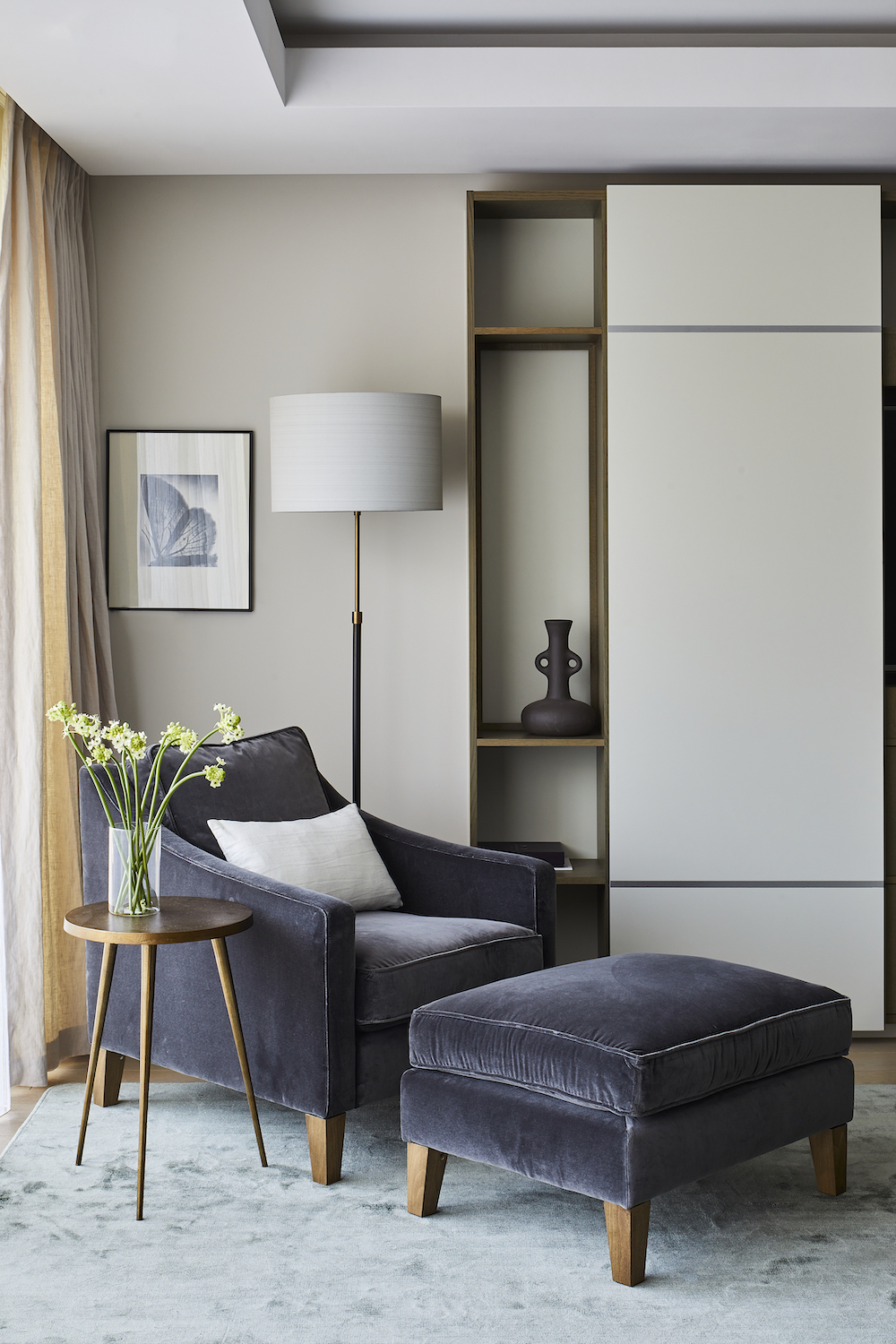
'Give every chair or sofa a side table,' says Beth Dadswell, founder of Imperfect Interiors. 'Plus a footstool, or a coffee table in the middle of the room.'
'I would always suggest having at least two side tables in a living room,' says Omar Bhatti of Space Shack. 'One which can float around and be used for when guests are over to serve them a drink and the other next to an armchair for a table lamp or plant. They act as decorative pieces as well as practical, so if you have the space go for more.'
Reclaimed teak end table, Anthropologie
'Despite being quite chunky, the slim middle of this beautifu table allows a bit of air and light through, helping with the flow of a living room,' says Livingetc's editor Pip Rich.
4. Fill the corners
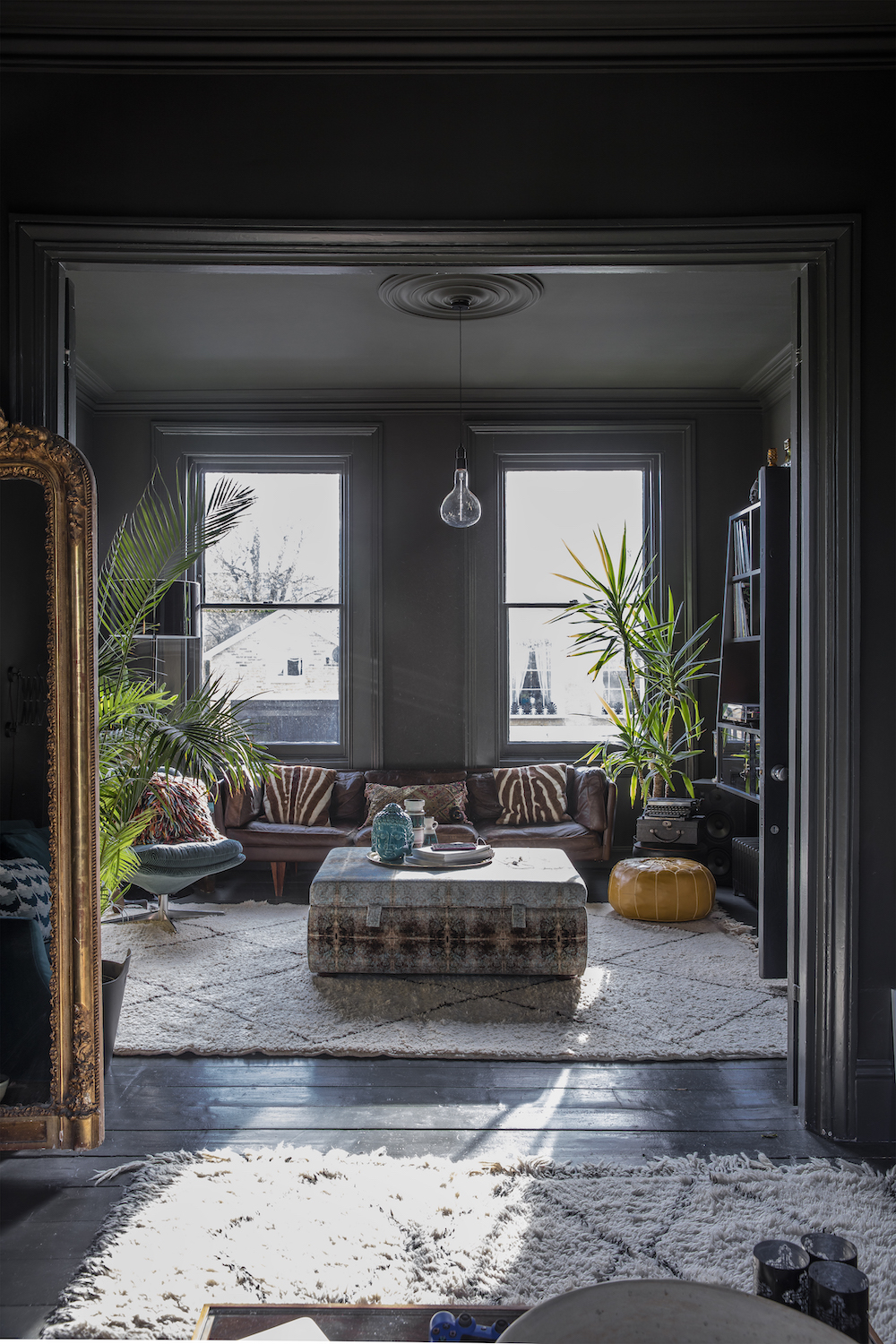
'Also add tall floor lamps and plants in corners to add height to the scheme,' continues Beth.
'Floor lamps are always best in corners of the room or near an armchair,' adds Omar Bhatti of Space Shack. 'I tend to use mine every evening as I prefer this ambient lighting over the ceiling lights.' It's for this reason floor lamps are truly dominating in current living room trends.
'With plants, I tend to put them wherever they work for the space, natural light dependant.'
Rosella floor lamp, La Redoute
'The art deco angle and curves of this floor lamp allow for a very targeted and soft pool of light,' says Livingetc's editor Pip Rich.
5. Select a large enough rug
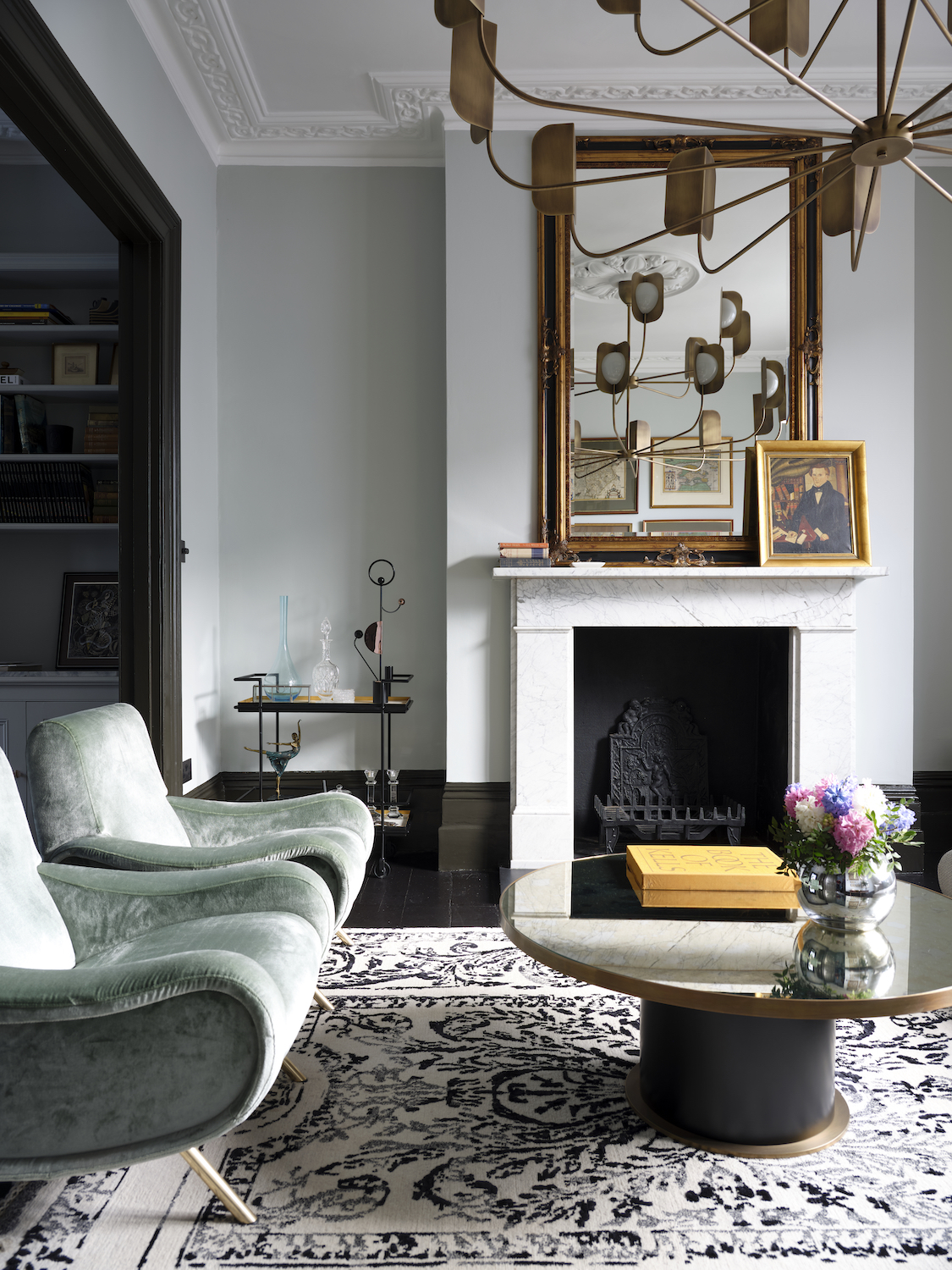
'Always put the front legs of the furniture on top of a lovely living room rug in a large living room,' adds Beth Dadswell of Imperfect Interiors. 'This prevents them from feeling like they are hugging the edges of the room.’
'People are often afraid of getting a rug that’s too big and so we see many instances of small rugs being placed under coffee tables or rugs that are narrower than the width of the sofa,' says Sheena Murphy, founder of design studio Nune.
'A rug that’s too small can make a large space feel less gracious than it is. My advice would be to check the dimensions and tape it out in your room before you buy.'
6. Accessorise with abandon
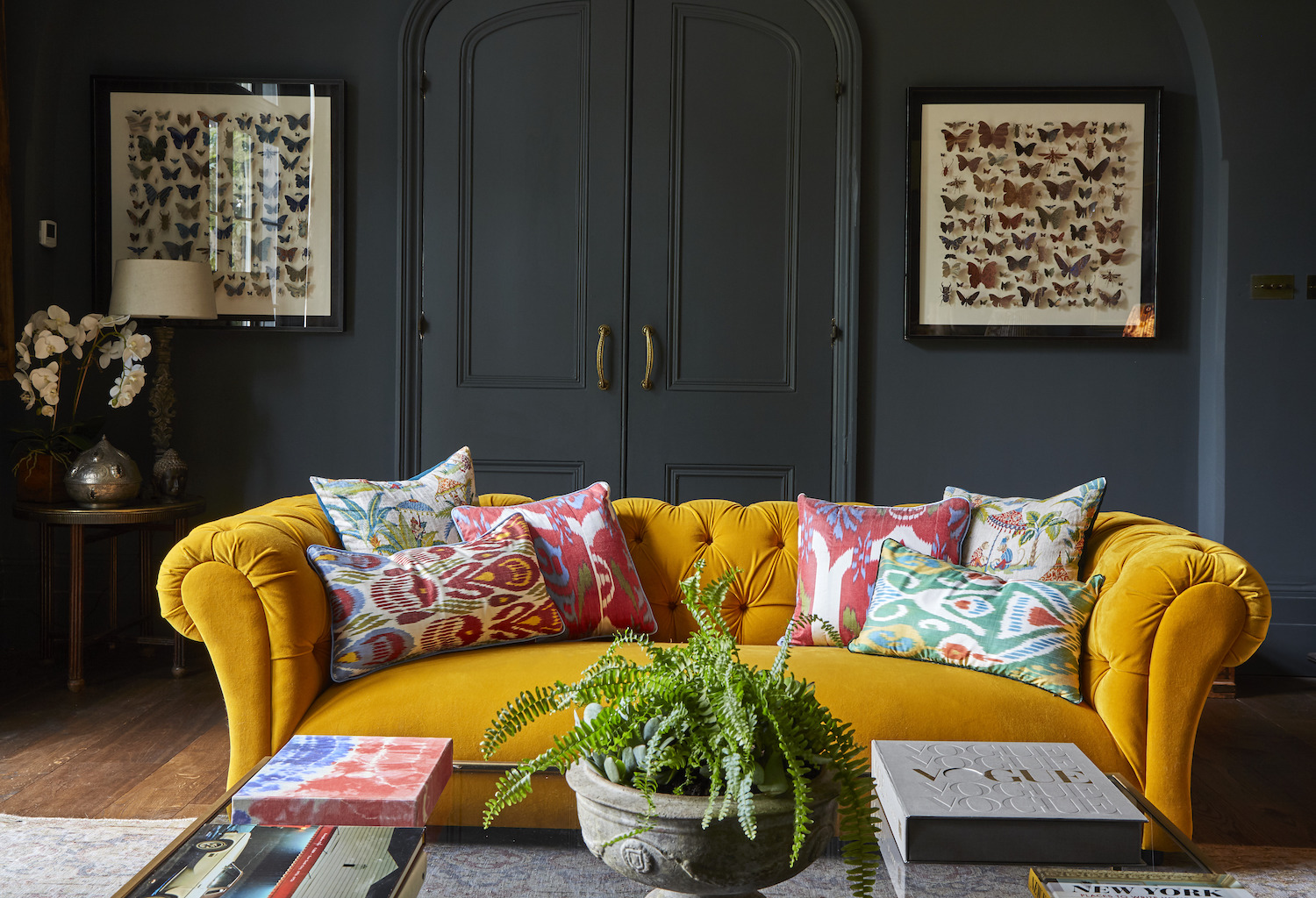
Too many empty surfaces, whether they are walls, floors or furniture, can make a large living room feel starck, so thoughtfully placed artworks, artefacts and accessories are an important part of a successful design scheme. Consider the symmetry of the room when choosing where to place them.
'Adding interesting artwork brings depth to bare walls,' says Natalie Forbes at Forbes Rix Design. 'Cushions and throws on sofas and chairs, and artefacts dotted around on side tables and other surfaces all add texture and layers, which stop the room from feeling empty.'
Tiger cushions, Jonathan Adler
'No one does accessories like Jonathan Adler,' says Livingetc's editor Pip Rich. 'Full of personality, full of charm, and always beautifully made. You are sure to find something you love, and I'll start with these wild and wonderful cushions.'
Jacky Parker is a freelance lifestyle journalist and writer, producing a wide range of features for magazines and digital platforms. She has written for Livingetc and its sister titles, Homes & Gardens and Country Homes & Interiors for more than 15 years, both as a freelance contributor and as Acting Digital Editor and Acting Style Content Editor, regularly reporting on the latest interiors, gardens and wellness inspiration, speaking to experts in their respective fields, and discovering the best tips.
Jacky has also written for other publications, including Sunday Times Style, The Telegraph, Architectural Digest, House Beautiful, ELLE Decoration, Red, Grand Designs and more.

